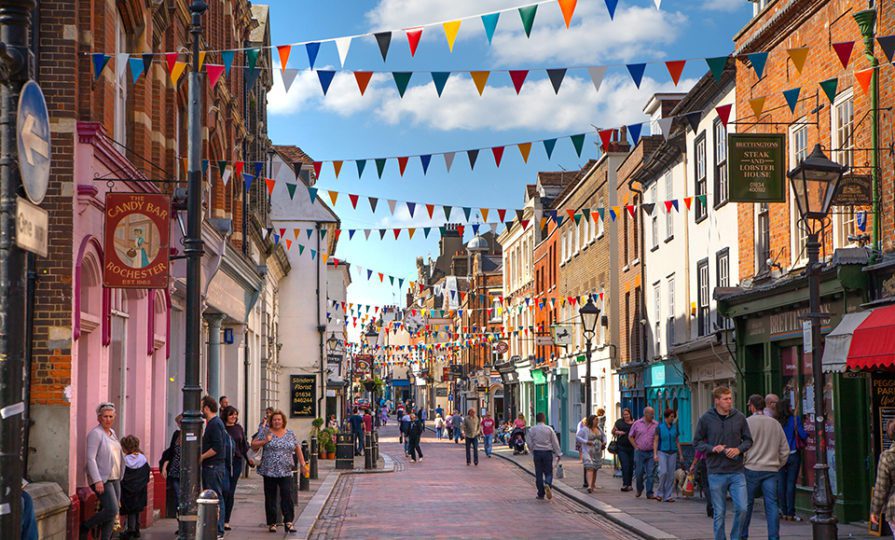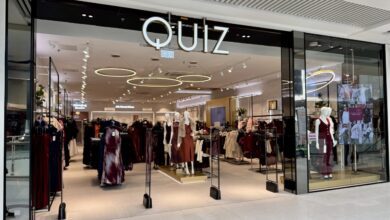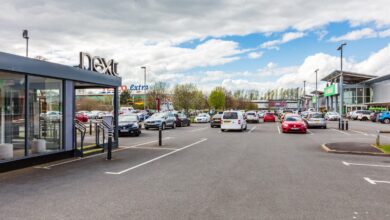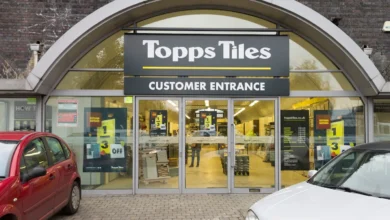Retail sales rise 0.6% in July boosted by footwear and clothing
Sales were also driven by the Oasis reunion tour, which has benefitted retailers, hotels and bars alike

Register to get 1 free article
Reveal the article below by registering for our email newsletter.
Want unlimited access? View Plans
Already have an account? Sign in
Retail sales in the UK rose 0.6% across July, after increasing 0.3% in the previous month, according to data from the Office for National Statistics (ONS).
This increase was driven by clothing and footwear sales, which rose 2.5% in the period, with non-store retailing sales volumes up 2.5%.
Furthermore, household goods sales volumes increased 0.5% during the month but department store sales volumes dropped 1.5%.
Sales were also driven by the Oasis reunion tour, which has benefitted retailers, hotels and bars alike.
Jacqui Baker, head of retail at RSM UK and chair of ICAEW’s Retail Group, said: “The hottest summer on record combined with sporting events, concerts including two Mancunian brothers on a comeback tour, and the usual influx of overseas visitors brought good results for the retail sector.
“Despite a small dip in consumer confidence in July, overall, it appears to be ticking up. But there’s every possibility that this progress could be undone with ongoing speculation and uncertainty over tax rises in the lead up to the later than expected Budget. This uncertainty could be a big hit to the all-important Golden Quarter, which would be particularly damaging for the retail sector.”
Thomas Pugh, chief economist at RSM UK, added: “The revision to the seasonal adjustment process means the recovery in retail sales this year is a bit less impressive than we previously thought. Indeed, we had previously suggested that some of the recent volatility in retail sales was down to poor seasonal adjustment rather than swings in underlying sales. The level of retail sales in June was 0.5% lower than formerly.
“The big question now is whether speculation about further tax rises in the budget and rising inflation will knock the recovery back in the second half of the year, in the same way that we saw in 2024.”







